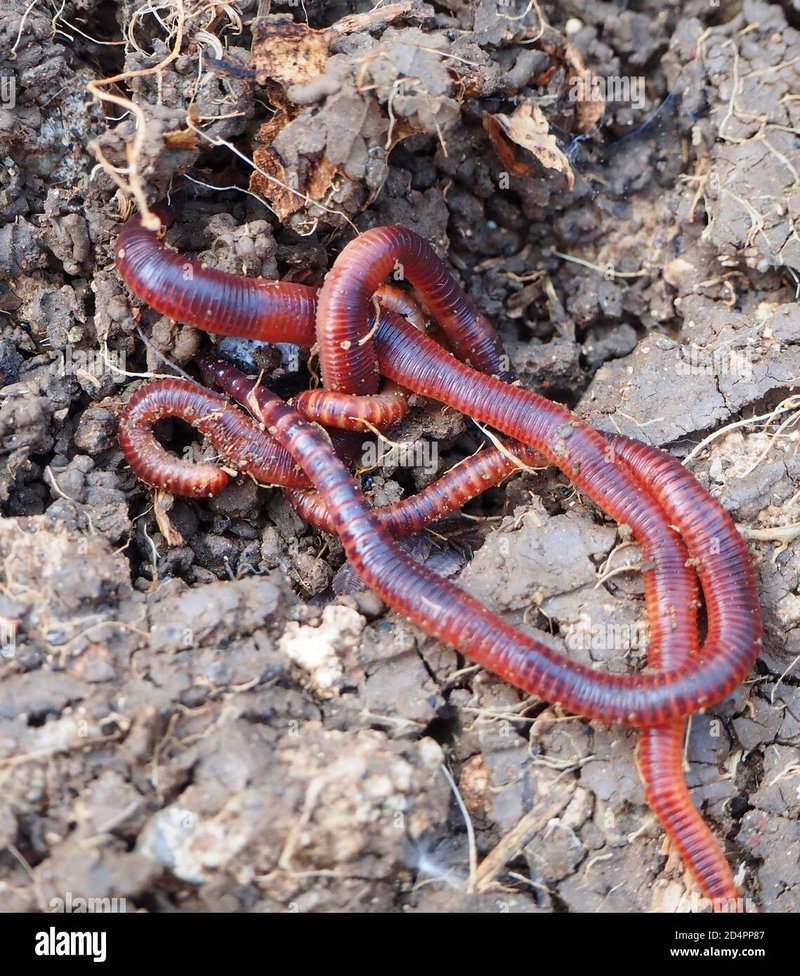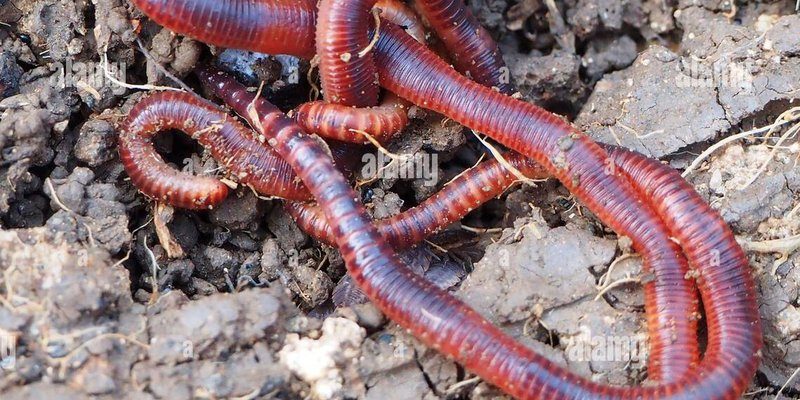
Think of it this way: if earthworms are the workers in your garden, then their natural predators are like the hawks circling above, waiting for the perfect moment to swoop down. It’s all part of the garden’s delicate balance. Understanding who these predators are can help you create a thriving ecosystem while giving you insights into how to protect your earthworm friends.
In this article, we’ll explore the various natural predators of earthworms you might find in your garden. We’ll delve into who they are, how they hunt, and what you can do to maintain that balance between your soil’s heroes and the creatures that prey on them.
1. Birds: The Feathered Predators
Birds are among the most well-known natural predators of earthworms. When you think of a bird hunting for its meal, you might picture the classic scene of a robins perched on the grass, pecking at the ground. These feathered friends use their keen eyesight to spot those juicy earthworms just below the surface.
Birds like robins, crows, and starlings often feast on earthworms, especially in the spring when these critters are most active. A crafty bird can even sense the vibrations of earthworms wriggling through the soil. Imagine: you’re an earthworm, blissfully tunneling through the dirt, when suddenly a shadow looms overhead. It’s that hungry robin, ready to make a lunch of you!
While birds are natural predators, their presence is essential for a healthy garden. They help keep earthworm populations in check, ensuring that the soil remains aerated and nutrient-rich. The key is to find a balance; too many birds can lead to a significant decrease in earthworm numbers.
2. Mammals: The Ground Level Hunters
Another group of earthworm predators that you might not think about are small mammals. Creatures like moles and shrews are experts in hunting earthworms underground. Moles create elaborate tunnels in search of their next meal, while shrews actively hunt, using their keen sense of smell to locate earthworms in the soil.
Moles are particularly notorious for their earthworm snacking habits. These little furballs dig through your garden like tiny construction workers, creating mounds of soil as they go. Their focus is often on earthworms, which make up a significant portion of their diet. In the right numbers, moles can actually help aerate the soil and control other pest populations, again highlighting the importance of balance.
Shrews, on the other hand, may be less visible but are equally effective hunters. They’re quick, agile, and, like moles, love a diet rich in earthworms. While they can undoubtedly reduce earthworm numbers, they also contribute to the greater ecosystem by preying on pests like insects.
3. Reptiles and Amphibians: The Slippery Snackers
In addition to birds and mammals, some reptiles and amphibians take part in the hunt for earthworms. Snakes, frogs, and toads all enjoy a good earthworm meal. These creatures often hide in the foliage or under rocks, patiently waiting for worms to emerge from the soil.
Frogs and toads are especially interesting. When they’re not sitting quietly, they might be waiting near the soil’s surface for an unsuspecting worm to wiggle its way out. Their long, sticky tongues are perfect for snatching up earthworms in a split second.
Snakes, while they might cause a bit of fear for some people, can also play a role in controlling earthworm populations. They hunt in a more stealthy manner, often using their sense of smell to track down their meals. While it may seem frightening, these reptiles usually keep to themselves and can actually help maintain a balanced garden ecosystem.
4. Insects: Tiny But Mighty Predators
Insects might be small, but they can also be formidable predators of earthworms. Certain beetles and ants are known to scavenge on earthworms or their eggs. For example, the larvae of some beetle species will feed on smaller earthworms, while sugar ants may take advantage of vulnerable individuals.
These insect predators may not take down large earthworms, but they can target the younger or weaker ones. Their presence can help control the earthworm population, preventing it from becoming too large.
Interestingly, some beneficial insects, like ladybugs, tend to feed on aphids and may not affect your earthworms at all. So, while there are predators in the insect world, not every bug is a threat. Understanding this complexity can help you manage your garden better.
5. Fungi and Microorganisms: The Hidden Predators
It may come as a surprise, but fungi and microorganisms in the soil can also affect earthworm populations. Certain fungi produce spores that can harm worms, while bacteria can break down organic matter and create an environment that’s less hospitable to them.
These microscopic organisms contribute to the decomposition process, and as they break down organic matter, they can create competition for earthworms. While they don’t hunt worms in the traditional sense, their presence can lead to a decrease in earthworm numbers.
Still, just like with the other predators we’ve discussed, fungi and microorganisms play an essential role in a garden’s ecosystem. They help recycle nutrients and support plant growth, so it’s crucial to maintain a healthy microbial balance in your soil.
6. Managing Earthworm Predators in Your Garden
Now that we’ve walked through the various natural predators of earthworms, you might be wondering how to maintain a healthy balance in your garden.
Here are a few tips:
- Encourage Bird Presence: Install birdhouses to attract different bird species. They are natural helpers in pest control.
- Keep Soil Healthy: A diverse garden with plenty of organic matter supports beneficial soil microbes and keeps earthworms thriving.
- Use Natural Barriers: If you find mammals like moles causing too much trouble, consider using fencing or repellents to gently deter them.
- Avoid Chemicals: Chemical pesticides can harm not just pests but beneficial earthworms and their predators too.
By embracing a *holistic approach*, you can create an environment where both earthworms and their natural predators coexist, contributing to a vibrant and healthy garden ecosystem.
In conclusion, our gardens are lively communities filled with different creatures, all playing their part in the grand cycle of nature. Understanding the *natural predators of earthworms* helps us appreciate the balance needed for a flourishing garden. Protect your earthworm friends while welcoming their predators, and you might find that your garden thrives even more. It’s all about respect for the roles they all play, making your garden not only beautiful but also a great place for nature to do its work.

